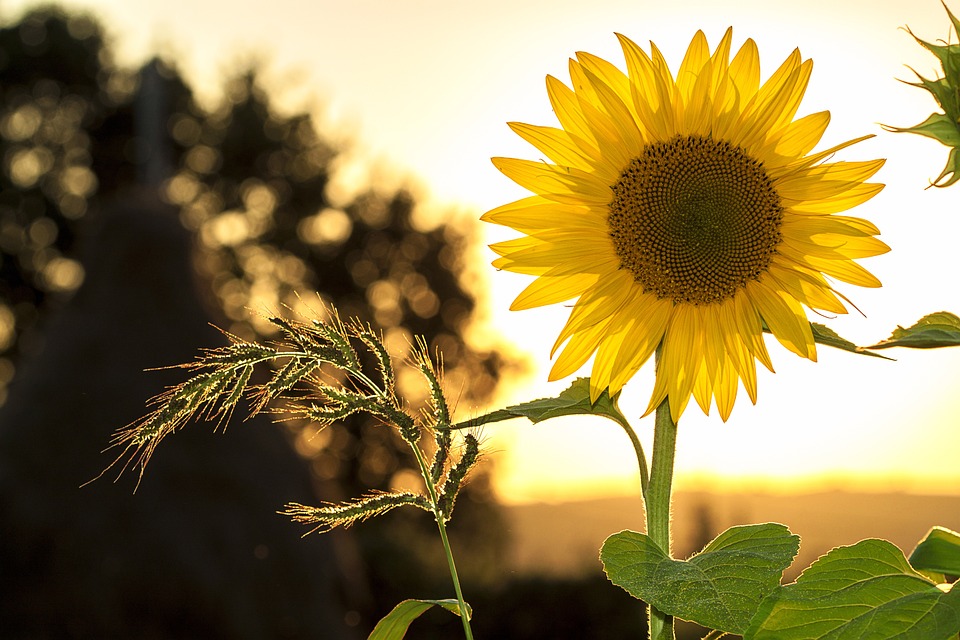Introduction
Are you tired of waiting for the right season to grow your favorite fruits and vegetables? Do you dream of having fresh herbs at your fingertips, regardless of the time of year? Look no further than a home hydroponic system, the secret to year-round gardening. With this innovative approach, you can cultivate a variety of plants indoors, without the need for soil. Let’s dive into the exciting world of hydroponic gardening and unleash its hidden potential.
The Advantages of Hydroponic Gardening
Hydroponic gardening offers numerous benefits that make it an attractive option for both seasoned and novice gardeners. Here are some key advantages:
- Year-round gardening: Say goodbye to seasonal limitations, as hydroponics allows you to grow plants throughout the year, regardless of weather conditions.
- Optimal use of space: With a hydroponic system, you can create a compact garden indoors, maximizing the use of limited space like balconies, basements, or even countertops.
- Water efficiency: Hydroponics uses 90% less water compared to traditional soil-based gardening. The water is recirculated through the system, reducing waste and ensuring the plants receive adequate hydration.
- Fast growth and high yields: Hydroponic plants grow up to 30% faster than their soil-grown counterparts. Moreover, due to the controlled environment, they often produce higher yields.
- No weeds or pests: Without soil, your plants won’t have to compete with weeds, and the risk of pests and diseases is considerably reduced. This enables you to grow healthier and cleaner produce.
Setting Up Your Home Hydroponic System
Creating a home hydroponic system may seem overwhelming at first, but it’s actually quite straightforward. Let’s explore the basic steps:
- Choose a hydroponic method: There are various hydroponic techniques to choose from, such as nutrient film technique (NFT), deep water culture (DWC), or ebb and flow systems. Research each method to determine which one suits your needs and resources best.
- Obtain the necessary equipment: Depending on the chosen method, you’ll need containers, grow lights, pumps, water reservoirs, and a nutrient solution. You can find starter kits that include everything you need to get started.
- Select the right plants: Virtually any plant can be grown hydroponically, but some are better suited than others. Leafy greens, herbs, tomatoes, and strawberries thrive in hydroponic systems. Consider the space, lighting requirements, and the taste preferences of your household when choosing what to grow.
- Set up the system: Follow the instructions provided with your equipment to assemble and configure your hydroponic system. Ensure that the water is properly oxygenated and the lighting is adjusted according to the plants’ needs.
- Maintain the system: Regularly monitor and adjust the nutrient solution, pH levels, and water temperature to ensure optimal plant growth. Periodically clean and sanitize the system to avoid the buildup of algae or other contaminants.
Tips for Successful Hydroponic Gardening
To make the most of your home hydroponic system, consider these essential tips:
- Start small: If you’re new to hydroponics, it’s wise to begin with a small-scale project to familiarize yourself with the system’s requirements and intricacies.
- Monitor nutrient levels: Regularly check the nutrient levels in the solution and adjust accordingly. Plants require different nutrients during various growth stages, so ensure they are receiving the right balance.
- Provide adequate lighting: Invest in high-quality grow lights to mimic the natural sunlight and promote healthy plant development. Adjust the lighting duration based on the plants’ specific light requirements.
- Watch for pests: Although hydroponics minimizes pest issues, it’s crucial to stay vigilant. Keeping a clean environment and periodically inspecting the plants will help identify and address any pest problems promptly.
- Experiment and track progress: Hydroponic gardening allows for experimentation and adjustment. Keep records of the plant’s growth, nutrient levels, and any modifications you make to fine-tune your techniques over time.
FAQs
1. Is hydroponic gardening suitable for beginners?
Yes, hydroponic gardening can be a great option for beginners. Although it may seem complex at first, starting with a small-scale system and gradually expanding can help you learn and adapt to the hydroponic techniques.
2. How much space is required for a home hydroponic system?
The space required depends on the size and type of system you choose. It can range from a few square feet to larger setups that occupy an entire room. There are compact systems available for those with limited space.
3. Can all types of plants be grown hydroponically?
While most plants can be grown hydroponically, some are better suited than others. Leafy greens, herbs, and small fruits like strawberries and tomatoes are popular choices. However, plants with extensive root systems like trees may require special considerations.
4. Do hydroponic systems require a lot of maintenance?
Hydroponic systems do require regular monitoring and maintenance. You’ll need to check and adjust nutrient levels, pH, and water temperature periodically. Additionally, cleaning the system is necessary to prevent the buildup of algae or other contaminants.
5. Is hydroponic gardening more expensive than traditional gardening?
While the initial setup cost of a hydroponic system can be higher than traditional gardening, the long-term savings can balance it out. Since hydroponics uses less water, fertilizers, and pesticides, operational costs are typically lower. Additionally, the higher yields and faster growth can provide a return on investment.
With a home hydroponic system, you can embark on a thriving gardening journey regardless of the season. Explore the possibilities, experiment with different techniques, and enjoy the benefits of fresh produce grown indoors all year round. Happy hydroponic gardening!




